The hidden cruelty of Hong Kong’s mercy release industry
Freeing captured animals is a ritual that some Buddhists believe to be good for their karma. However, the effects on the animals and our biodiversity are far from beneficial
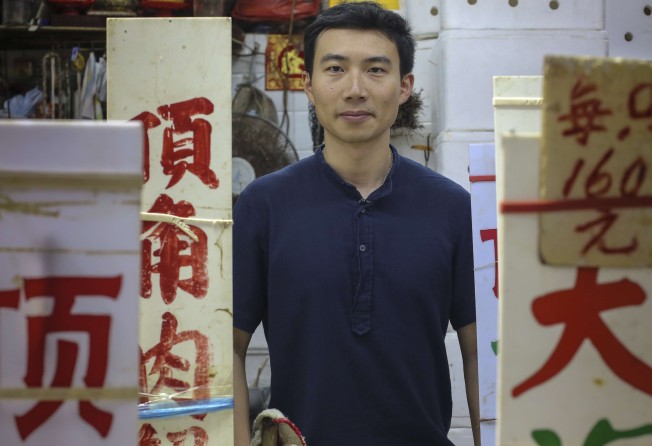
A young woman scoops a net full of clams out of a large bucket and sends them down a makeshift metal slide into Victoria Harbour. The clams, each about the size of a golf ball, rattle down the three-metre plank, sounding like hail on a tin roof, then disappear into the murky water. A large black-and-white fish swiftly follows.
This is mercy release, the practice of freeing captured animals, commonly carried out by Buddhists who believe the act brings them good karma. Buddhism is the religion of about 21 per cent of Hong Kong’s population.
To a casual bystander, the ritual taking place at the entrance of the North Point ferry pier on this hot, sunny afternoon seems serene. It is conducted next to a temple surrounded by religious statues where joss sticks burn and prayer flags flap.
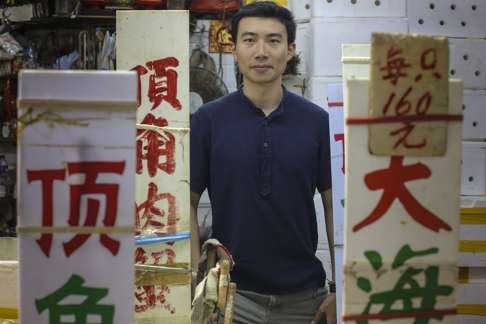
The vendors of good karma, on the other hand, are angry about our presence, yelling at us to put away our cameras. “You must leave.”
“No cameras, no cameras,” two women shout, while a man puts lids on the buckets of fish.
Enquiries about which species are native and which are introduced, how many are sold each day for release and what they cost go unanswered, but luckily To can help. Marine life is his speciality and he has no problem identifying some of the species, occasionally referring to a government app for verification.
He points to a small tank crammed with large fish, some languishing at the bottom. These are Sabah giant grouper, he says, a non-native carnivore that is being increasingly spotted in Hong Kong waters.
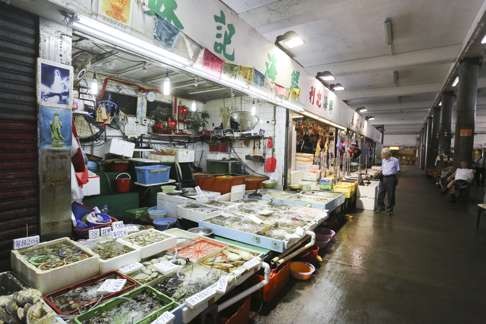
In another bucket, huge geoducks huddle together. The large edible saltwater clams, imported from Canada and the US, may look like creatures from another planet, but they are considered a delicacy in some countries. Further along is a bucket full of other clam species. “These could be from Vietnam, China or the Philippines – it’s hard to tell.” Other buckets are packed with lobsters and starfish.
“Up to 90 per cent of seafood consumed in Hong Kong – whether from wet markets or eaten at restaurants – is imported,” To says.
Around the corner, fish for mercy release are being sold at more stalls, easily identifiable with their tell-tale signs of prayer flags and images of Buddha on the walls.
Close by, half a dozen fishermen dangle their lines in the harbour: “It’s quite common for fisherman on that side of the pier to catch fish that have been released on the other side of the pier,” To says, pointing them out.
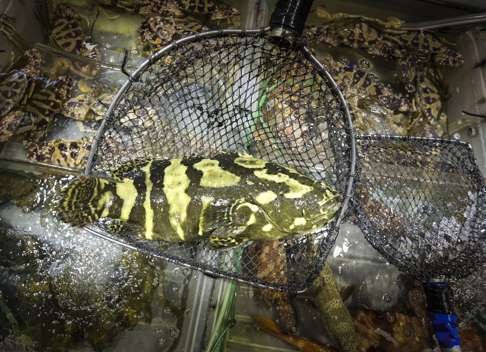
The Agriculture, Fisheries and Conservation Department (AFCD) says it discourages the release of animals into the wild. “This affects the equilibrium of the local ecosystems, and is detrimental to animal welfare and may spread diseases,” it says.
The AFCD says it will monitor the situation and enhance public awareness – a placid approach considering the government is trying to promote and protect Hong Kong’s biodiversity. (Just last month, the AFCD asked for public input into its Biodiversity Strategy and Action Plan.)
Earlier this year, Taiwan introduced strict laws governing mercy release, imposing a hefty fine on anyone found releasing animals without permission. In Singapore, the practice is banned, although it still thrives in places such as Thailand, Vietnam and Cambodia, where it feeds a huge illegal wildlife trade.
Joining the chorus against mercy release is Kadoorie Farm and Botanic Garden (KFBG). The conservation and education centre says mercy release – also called fang sheng (life release) or merit release – has created a thriving industry for those who trap, trade and sell animals for release, mostly birds, fish and turtles. It says “upset” staff have discovered these creatures near its New Territories farm, and understand them to be victims of mercy release.
“One very cruel fact surrounding this activity is that many wild animals are captured specifically to be released, and for the one bird which reaches the market place 10 or more may already have died in transit.”
KFBG says alternatives to mercy release for believers hoping for good karma include planting trees, working with rescue and rehabilitation centres for wildlife, and adopting a vegetarian lifestyle.
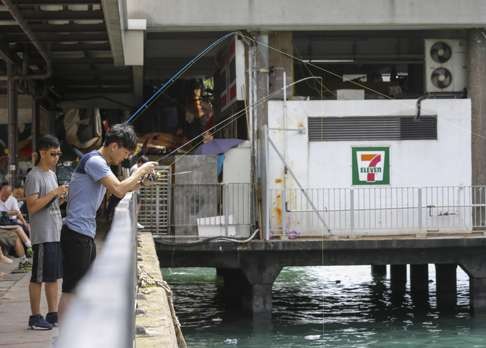
“Millions of wild animals around the world are captured for the purpose of being released. These poor creatures can sustain fatal injuries in traps or nets during capture, or die from being crushed, suffocated or dehydrated while packed tightly into crates or cages during transport. Those that survive the release often die soon after from exhaustion, injury or disease.
“So there is nothing merciful about this practice. But the good news is there are plenty of genuinely compassionate acts that people can do to help animals, such as volunteering at a local animal shelter.”
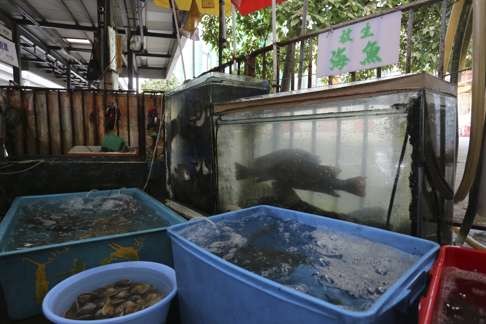
“There are very few studies, either at the local or global level, on the impact of the Sabah giant grouper on Hong Kong’s natural marine environment. However, there has been a similar case of an exotic species impacting a local marine environment,” he says, citing a case in 2004 in which the aggressive lionfish caused damage in the Bahamas, killing three-quarters of a reef’s fish stocks in just five weeks.
The Hong Kong Buddhist Association says people should avoid life release when it involves profiteering. “Groups or individuals should consider whether it is a natural or hunted animal, whether it is a rare animal. They should also consider whether the animal will be hurt or whether the release will cause environmental destruction,” the association says.
“We run life release activities every month: we buy the fish from a fishing boat, the quantity and amount based on the donation received, and the fish are released back to the sea beyond the eastern area of Hong Kong waters.”
To says important steps to take in tackling the problem include educating the public about the destructiveness of mercy release, and providing viable and sustainable livelihood options for people selling animals for the purpose.